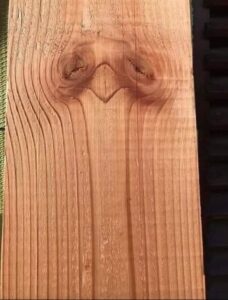Julie McFadden, a dedicated hospice nurse with years of experience, has witnessed countless moments at the end of life. Her mission is to alleviate the fear and stigma surrounding death, providing valuable insights into what happens when someone approaches their final moments. Through her social media presence and book, Julie helps people understand the often misunderstood behaviors exhibited by those nearing death.
A key focus of Julie’s work is to explain the realities of dying to those who may be unaware. She highlights the common physical and behavioral changes that occur, shedding light on the often disturbing yet natural processes seen in individuals nearing the end of their life.
 TikTok/@hospicenursejulie
TikTok/@hospicenursejulie
One of the most notable phenomena is Cheyne–Stokes breathing, a pattern of breathing characterized by cycles of rapid breathing followed by long pauses. This occurs due to metabolic changes in the body and, although it may appear distressing, it doesn’t necessarily indicate that the patient is in pain. “You can see that chest rapidly breathing, and then a long pause… and then rapid breathing again,” Julie explains, emphasizing that this is a normal occurrence during the dying process. However, for family members, this can be alarming, especially if they don’t know what to expect. Julie points out that many people say, “I wish I would have known about this.”
Another common behavior seen in the dying process is the “death rattle.” This occurs when the body produces saliva, but the brain doesn’t send the message to swallow it, leading to a gurgling sound. Many people mistakenly assume the noise comes from the lungs, but as Julie explains, it’s just saliva, and it doesn’t signify that the person is suffocating. “This is not making them feel that they are suffocating, and we know this because the body is showing that it is relaxed,” she says. It’s a strange, unsettling sound, but it’s just part of the body’s natural preparation for death.
Julie’s videos on social media aim to prepare families for what to expect in the final stages of life. By sharing these insights, she helps remove the mystery and fear surrounding death. As she continues her work, Julie hopes to bring comfort to those facing the end of life, ensuring they know that these changes, while unsettling, are part of the body’s natural process.
For more information on the realities of death and dying, feel free to share this article with your loved ones. It’s important to understand these natural processes and how they impact both the dying person and their family.


